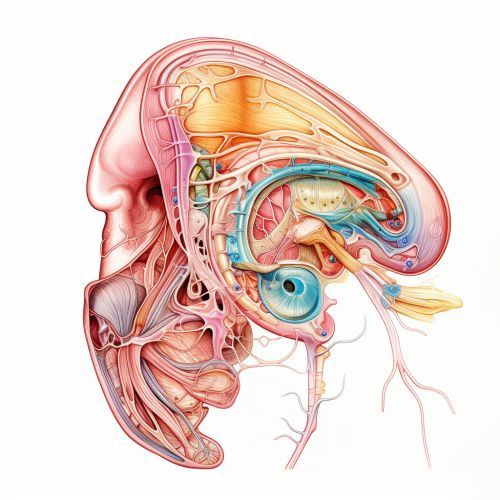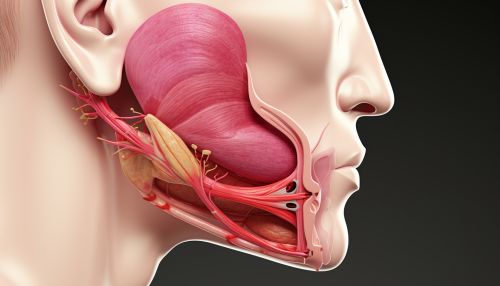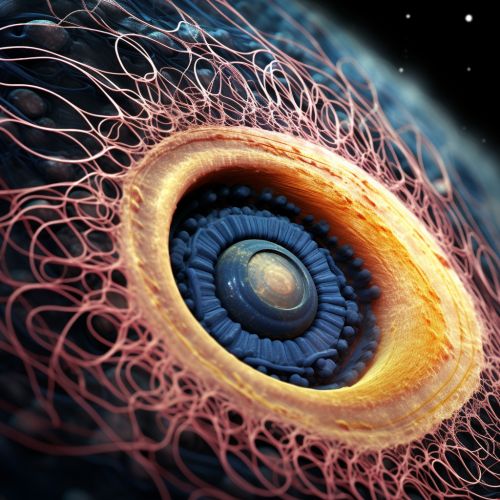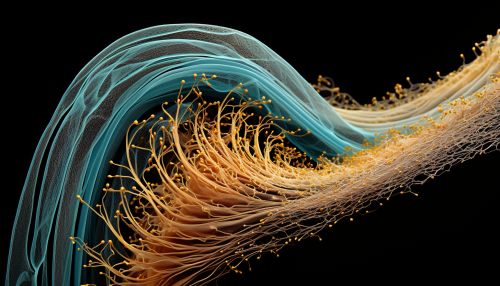The Science of Human Auditory System
Anatomy of the Human Auditory System


The human auditory system is a complex network of structures and organs that facilitate the process of hearing. It is divided into three main parts: the outer ear, the middle ear, and the inner ear. Each of these parts plays a unique role in the process of converting sound waves into electrical signals, which can be interpreted by the brain.
Outer Ear
The outer ear consists of the pinna (or auricle) and the external auditory canal. The pinna is the visible part of the ear that protrudes from the head. Its primary function is to collect sound, and funnel it into the ear canal. The shape of the pinna helps to determine the direction of the sound source.
The external auditory canal is a tube running from the outer ear to the middle ear. The human ear canal extends from the pinna to the eardrum and is approximately 2.5 cm in length and 0.7 cm in diameter.
Middle Ear
The middle ear is an air-filled cavity that houses three bones: the malleus (hammer), incus (anvil), and stapes (stirrup), collectively known as the ossicles. These are the smallest bones in the human body. They serve to transmit the vibrations from the eardrum to the inner ear. The Eustachian tube, which extends from the middle ear to the nasopharynx, helps in maintaining equal air pressure on both sides of the eardrum.
Inner Ear
The inner ear, also known as the labyrinth, contains the cochlea, vestibule, and semicircular canals. The cochlea is a spiral-shaped structure that is responsible for converting the mechanical vibrations of the ossicles into electrical signals. These signals are then sent to the brain via the auditory nerve. The vestibule and semicircular canals are involved in maintaining balance.
Physiology of Hearing


Hearing, or auditory perception, is the ability to perceive sound by detecting vibrations. The process of hearing begins when sound waves enter the ear canal and reach the eardrum. The eardrum vibrates in response to these sound waves, and these vibrations are then transmitted to the ossicles in the middle ear.
The ossicles amplify the vibrations and send them to the cochlea in the inner ear. Inside the cochlea, the vibrations cause the fluid to move, which in turn causes the hair cells to move. The movement of these hair cells generates an electrical signal, which is then transmitted to the brain via the auditory nerve. This signal is interpreted by the brain as sound.
Disorders of the Auditory System
There are many conditions that can affect the human auditory system, ranging from minor issues like earwax blockage to serious conditions like hearing loss and tinnitus. Some of these conditions can be treated or managed, while others may result in permanent damage to the auditory system.
Hearing Loss
Hearing loss is a common condition that results in a decrease in the ability to perceive sound. It can be caused by many factors, including age, exposure to loud noise, certain medications, and underlying health conditions. Hearing loss can be temporary or permanent, and it can affect one ear or both.
Tinnitus
Tinnitus is a condition characterized by the perception of noise or ringing in the ears when no external sound is present. It is often associated with hearing loss. Tinnitus can be caused by a variety of factors, including exposure to loud noise, certain medications, and some types of hearing loss.
Meniere's Disease
Meniere's disease is a disorder of the inner ear that can lead to dizzy spells (vertigo), ringing in the ear (tinnitus), hearing loss, and a feeling of fullness or pressure in the ear. The exact cause of Meniere's disease is unknown, but it is believed to be related to the fluid levels in the inner ear.
